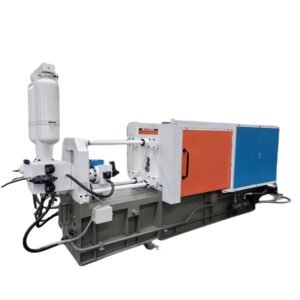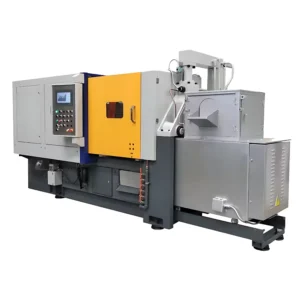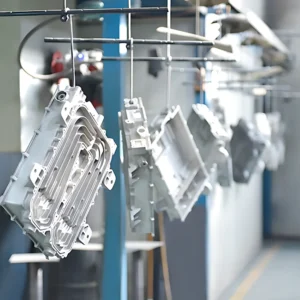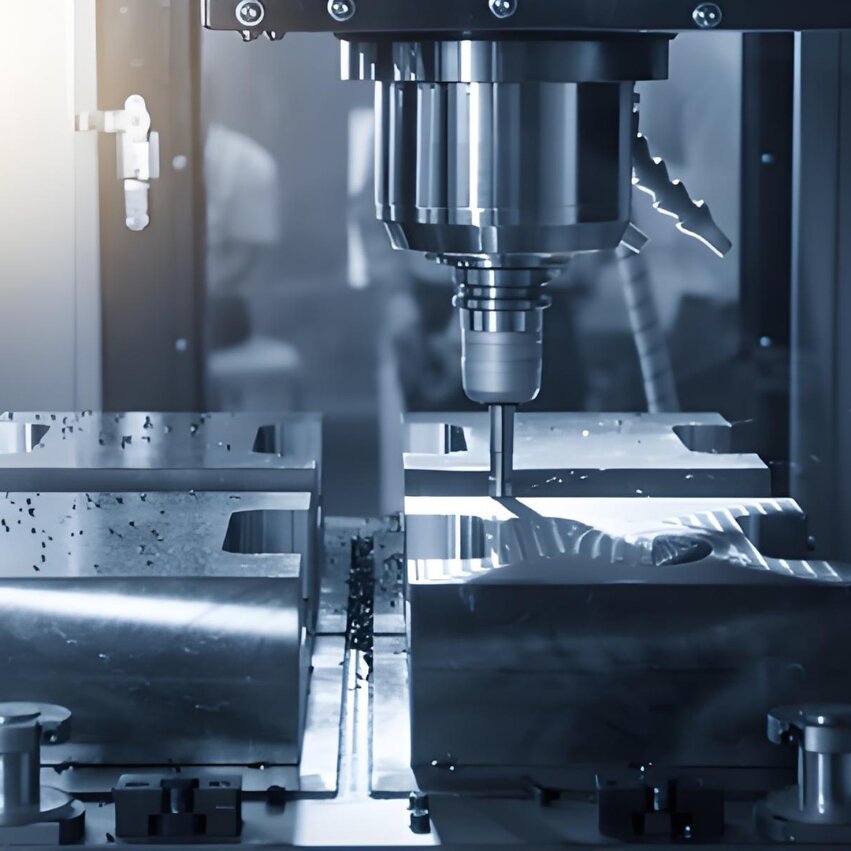CNC milling is a very ideal manufacturing process because it can provide extremely high accuracy and repeatability, making the production of complex parts reliable and efficient.
In this article, we’ll take a deep dive into what CNC milling is, how it works, and other relevant information so that you’re well-informed before choosing a CNC milling process for your project.
What is CNC Milling?
CNC milling is a precision manufacturing process that utilizes a computer-controlled multi-axis milling machine to remove material from a workpiece to create complex parts and shapes.
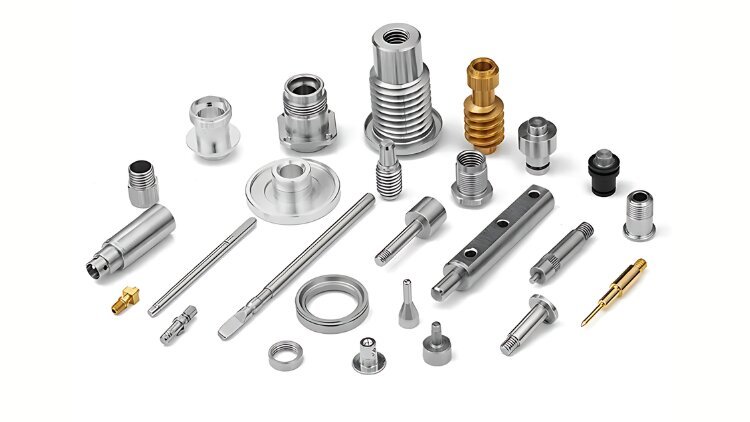
When removing material from a workpiece, there are tolerances involved. The tolerance range of CNC milling depends on a number of factors, including the type of machine tool, the type of material, and the complexity of the workpiece.
Typically, CNC milling can achieve very tight tolerances, with most CNC milling tolerances ranging from ±0.001 inches to ±0.005 inches. However, if high-precision machine tools are used and the best process strategies are adopted, tolerances of ±0.0005 inches can be achieved.
Advantages and Disadvantages of CNC Milling Process
The CNC milling process has become an indispensable process in the production process of many industries due to its unique advantages. However, it also has some disadvantages. The following are some advantages and disadvantages of this process.
Advantages
High Precision and Accuracy
CNC milling can achieve extremely high precision, with tolerances typically ranging from ±0.001 in. to ±0.0005 in. Additionally, automated processes reduce the chance of human error.
Excellent Repeatability
CNC milling machines use computer control to ensure that each part is processed according to a pre-designed program, which means that even in large-scale production, each part can be consistent.
Flexibility
With simple setup, operators can easily adjust and adapt CNC milling machines to different designs without reconfiguring or installing new machines for each new model. This shortens production cycles and reduces production costs.
Capable of Processing Complex Shapes
The CNC milling process uses advanced processing methods such as multi-axis rotation and advanced tool trajectory control to achieve complex three-dimensional surfaces that are difficult to process with traditional manual and mechanical processing.
Production Efficiency
Highly automated CNC milling machines greatly improve production efficiency and reduce labor requirements and operating errors. In addition, the machine’s continuous operation ability and rapid tool change operations also further improve overall production efficiency, making the manufacturing process more cost-effective.
Wide range of Material Compatibility
The process is suitable for a variety of materials, such as metal, wood, and plastic. Therefore, this further increases its versatility and suitability for a variety of uses.
Disadvantages
High Cost Investment
The initial investment in CNC milling equipment is relatively high, especially for high-end multi-axis machines. A mid-sized CNC milling machine typically costs tens to hundreds of thousands of dollars, which can be a significant financial burden for a small business or startup.
Maintenance and Operating Costs
CNC machines require regular maintenance to keep them in optimal working condition, which includes regular tool changes, lubrication, and calibration. In addition, operating a CNC milling machine requires specialized skills, which means investing in employee training or hiring operators with specialized skills, which increases operating costs.
How does CNC Milling work?
CNC milling is a critical machining process that transforms digital designs into physical parts by precisely cutting materials according to programmed instructions. Here’s how it works, in four simple steps:
Step 1: Design the CAD Model
This process requires engineers to use CAD and other related software (such as Autodesk Inventor or SolidWorks.) to draw 2D and 3D drawings of the finished product, outlining every dimension and feature required for the finished product’s intended function.
In addition, the operator must be provided with a design drawing that includes the following information:
- Tolerances
- Construction lines
- Thread indications
- Finish preferences
- Key features/dimensions of the part
Step 2: Convert CAD to Machine Instructions
Once the CAD model is ready, it is converted into a machine-readable format using CAM (computer-aided manufacturing) software. This software converts the 3D model into G-code, which provides detailed instructions for the CNC machine. These instructions define everything from the movement of the cutting tool to the speed and sequence of operations.
Step 3: Machine Setup
The CNC machine must be carefully prepared before it can actually start milling. This step involves installing the appropriate cutting tool (such as an end mill or drill) and firmly securing the raw material (metal, plastic or other material) to the machine.
Step 4: Milling Process
Once the machine is set up and the program is loaded, the milling process begins. The CNC machine follows G-code instructions to control the cutting tool, which moves along multiple axes to cut the material into the final part. Additionally, throughout the manufacturing process, coolant can be used to maintain optimal temperatures and ensure a high-quality surface finish.
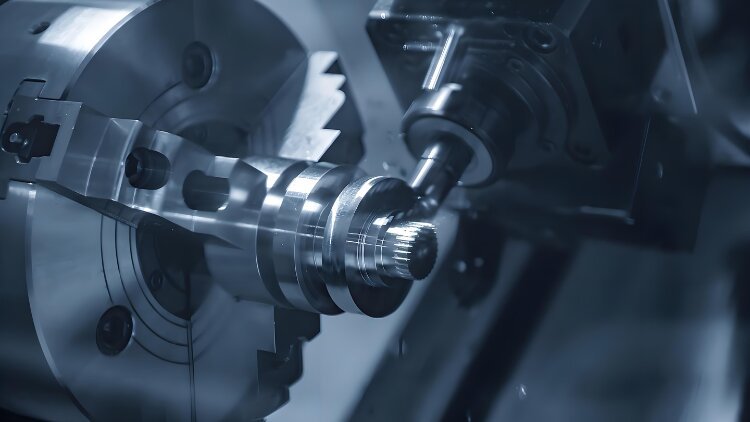
Types of CNC Milling
CNC milling is a versatile process that can be used to produce a wide variety of parts. Here are a few common types.
Angular Milling
Angular Milling is a precise milling operation that can accurately cut parts within a range of 10 to 45 degrees. Therefore, it is one of the best milling operations for processing grooves, serrations, chamfers and other complex parts.
Form Milling
The cutter used in form milling can be conical, cylindrical or in a variety of other shapes, depending on the needs of the project. This makes it ideal for milling operations that cut complex surfaces such as frames, grooves and irregular contours.
Face Milling
Face milling is the process of removing material from the surface of a workpiece to create a flat, smooth surface.
In addition, the axis of rotation of the cutting tool needs to be kept perpendicular to the surface of the workpiece during the cutting process. This method allows the cutting tool to have a larger contact area with the workpiece, thereby removing material efficiently.
Plain Milling
Plain Milling, also known as surface milling, refers to cutting a flat surface on the workpiece being machined. As the milling cutter rotates, its cutting edge is perpendicular to the feed direction. This is a very direct method that can quickly remove a large area of material. It is usually used for more detailed milling or finishing of workpieces.
Other Milling Operations
In addition to these milling types, there are other milling operation types available, including:
Contour Milling: The tool moves along a predetermined path to carve intricate edges and shapes on the workpiece, precisely processing complex geometries.
Combination Milling: Combination milling is the use of two cutting tools on the same axis. Maximizes productivity of workpieces with different features and reduces setup time.
Side Milling: In side milling, the cutting tool is perpendicular to the workpiece to produce a flat vertical surface. This process is specifically used to cut deep grooves, grooves or profiles on the side of the workpiece.
Common Materials For CNC Milling Operations
The following are the most commonly used metal and plastic materials for milling, including:
Metallic materials
- Brass
- Copper alloys
- Titanium alloys
- Aluminum alloys
- Stainless steel
- Mild steel
Plastic materials
- Polyethylene
- Pom
- ABS
- Nylon
- Polycarbonate
- Pmma (acrylic)
- Hdpe
- PVC
- Peek
- Ptfe
- Polypropylene
Which Industries Use CNC Milling For Their Applications?
CNC milling is a widely used manufacturing process that can be applied in various industries, mainly used to process precision parts. Here are 5 major industries that use CNC milling:
Aerospace Industry
Milling manufactures aerospace parts from various metal materials, including steel, aluminum, and titanium. Manufacturers choose these materials for machining aerospace parts because they are lightweight, highly strong, and highly corrosion-resistant, and they allow for precision and accuracy.
Automotive Industry
The automotive industry relies on CNC milling to manufacture a variety of complex parts such as engine blocks, transmission housings, and custom suspension components.
Electronics Industry
CNC milling is essential for manufacturing precision and micro parts in the electronics industry. Manufacturers use this technology to mill circuit boards, connectors, and housings to ensure that precise tolerances are met for optimal device function.
In the electronics industry, CNC milling is key to producing high-precision micro parts. Manufacturers use this process to mill circuit boards, connectors, and housings to achieve smooth surfaces.
Medical Industry
Customized implants, prosthetics, and surgical tools can be manufactured with CNC milling. As a result, CNC milling has become one of the best methods for manufacturing medical parts.
Energy Industry
In the energy industry, manufacturers use CNC milling to produce components for power generation equipment, including parts for wind turbines, hydroelectric power plants, and solar panel frames.
Summary
CNC milling is a high-precision, versatile manufacturing process that can accurately manufacture complex parts and shapes. Therefore, it has been widely used in various industries.
If you are looking for a professional CNC milling service provider, please contact us now to get a quote for your project.

